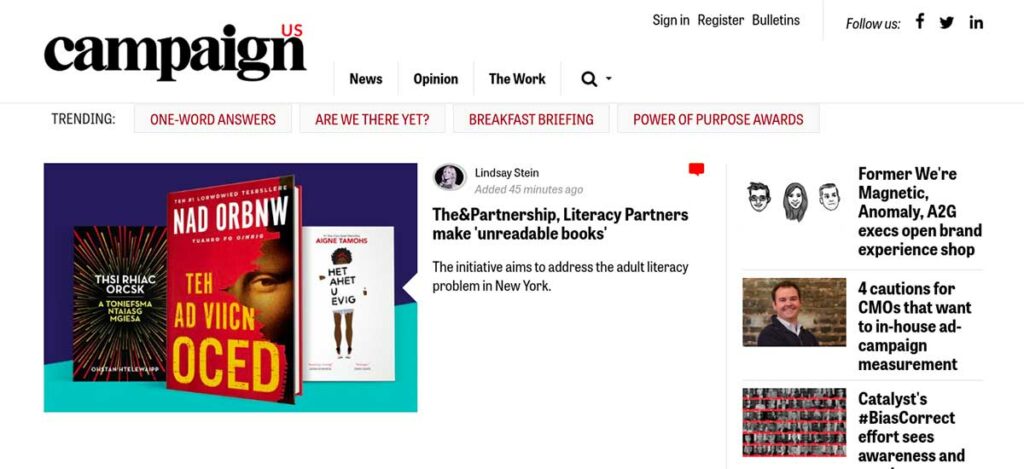“The transition to in-house measurement is wrought with potential landmines.”
Brands bringing programmatic operations in-house has been all the rage the past few years, with some of the largest ad-spenders in the universe — Target, United Airlines, GlaxoSmithKline — building out their own programmatic teams.
And part of that trend is brands increasingly finding they can conduct measurement in-house, too, and not have to rely on the honor of agencies and publishers. Iconic brands such as Netflix, Heineken and beverage giant Diageo bringing measurement in-house has validated the practice, and inspired other brands to demand more transparency in the ad tech supply chain. Overall, this is a net good for the industry: More transparency, increased effectiveness, less waste.
Given that, bringing measurement in-house seems like a no-brainer. But the transition to in-house measurement is wrought with potential landmines, and isn’t the right decision for every brand. There are many billboard-sized, blinking caution lights that even the savviest CMO may overlook and should heed before in-housing ad measurement. Below are four of them with guidance to mitigate — all based on the successes and missteps I’ve seen in the industry.
Establish consistent viewability standards
The ad industry is lousy with definitions for what constitutes a viewable ad impression. Marc Pritchard, the famously outspoken CMO of P&G, has railed against the glut of viewability standards and the industry’s inability to adopt universal standards of measurement.
Pritchard crafted a smart, sensible solution, however: He and his team created a set of clearly-defined viewability standards that all of P&G’s publisher partners are required to abide by. And your company should be the same.
There are plenty of organizations (GroupM, the IAB) that already offer viewability guidelines you can build off. But you’ll likely want to alter them to the specific needs and character of your company. As always, it’s important to avoid vanity metrics — such as CPMs, impressions that don’t take viewability into account, or counting two seconds of video as a view — and to remember how other parts of your media mix complement your digital strategy.
Most importantly, keep your viewability definitions consistent. You don’t want unique standards for each individual campaign. The industry needs more standardization, not less.
Reject the false choice between in-housing and your media agency
Many marketers are under the false impression that bringing measurement in-house will somehow hurt their relationship with their media agency. Choosing to measure your ads yourself does not signal a lack of trust in your media agency. If anything, bringing measurement in-house is an opportunity to strengthen your relationship.
For one, you’re not getting rid of your media agency. You’re just absolving them of their ad measurement responsibilities, and giving them more time to do what they do best: Advise on and execute media buys.
Pharmaceutical behemoth GlaxoSmithKline has measurement in-house, but still regularly consults its media agencies about media buys. Even Marriott, which has a full-service, in-house marketing team, that handles everything from measurement to strategy to media buys, still works with its Publicis media agency to execute its campaigns.
Stop ‘spraying and praying’ with the publishers on which you choose to advertise
Brands that bring measurement in-house tend to come to the same discovery: Their money is better spent on a small number of a high-quality advertisers, instead of buying in volume across a large number of sites.
Consumer-packaged goods giants P&G and Unilever have drastically decreased over the past several years the number of websites they advertise on, an example of the industry-wide trend greater accountability. Across the board, brands are far more selective than they once were, purchasing fewer ads from open exchanges and ad networks that don’t use independent, third-party measurement.
Having a select group of high-quality publishers allows you to forge deeper relationships with them. Once you bring measurement in-house and identify which publishers are worth working with, think about tackling thornier issues with them, such as preferred rates, data ownership and a more nuanced definition of viewability.
If you can’t invest in talent, don’t bother
Of course, you can’t identify the publishers that best suit your goals unless you have a crack analytics team that can sift through your troves of measurement data and make sense of it all. And that means building a talented data analytics team.
Don’t assume existing market researchers have the mathematical chops to do in-depth data analytics. Recruiting and hiring a strong data team means competing with agencies and publishers for talent, so you’ll have to work closely with HR to identify and hire the right people for your organization.
More importantly, you’ll have to remember talent doesn’t come cheap. Building a data team can be a large upfront investment, but it’ll deliver a huge return in the long-run. Many brands have been forced to dissolve their in-house teams and go back to working with agencies precisely because they thought they could get great results with cut-rate talent.
“If bringing [ad operations in-house] is about saving money, don’t do it,” warns Gosha Khuchua, Ticketmaster’s senior director of digital and programmatic media. Feeling that you’re paying too much for ad measurement is indicative of a larger, systemic problem in your organization, Khuchua continues. If you don’t address those first, your in-house measurement team is likely to fail.
The benefits to a crack in-house team are enormous, however. P&G has been an in-house pioneer under Pritchard, who has for years extolled the benefits of brands conducting parts of their ad tech operations themselves. The investment has delivered a sizable ROI for the company. P&G now boasts one of the most sophisticated in-house teams in the industry. The team runs propensity modeling on its most finely-targeted audience segments, for instance, an effort that’s helped it decrease ad waste by 30 percent.
It wasn’t easy for P&G, but it was worth it.
To learn more about how you can measure the effectiveness of your ads, please contact us.


